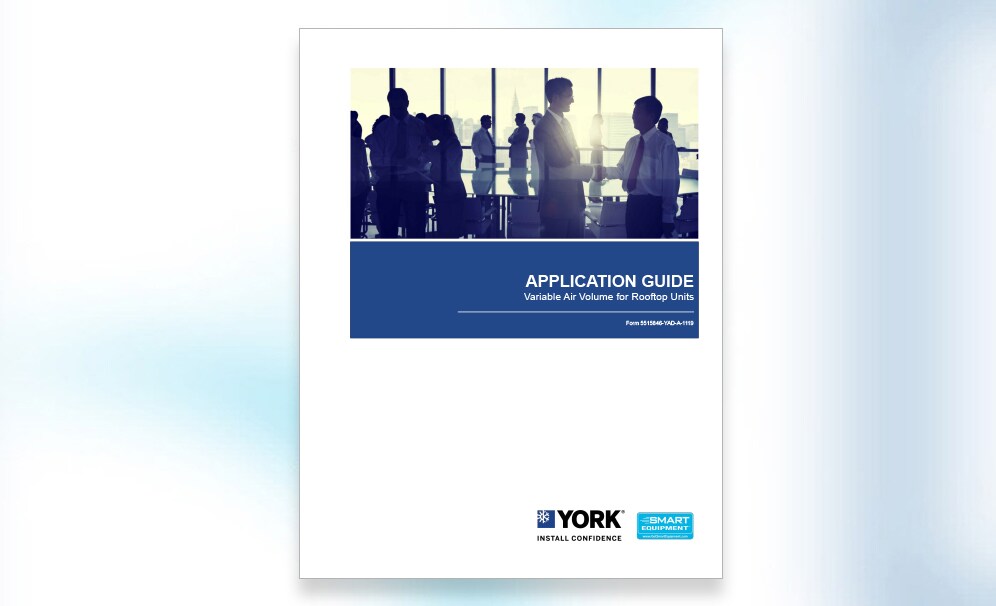Twinning Keeps Rooftop Units Running
When more than one rooftop unit is serving a shared supply and return duct, they are considered “twinned.” Several units can be twinned on the same building management system (BMS), providing benefits such as concurrent operation independent of the cooling or heating load.
Basic Twinning Requirements
Two or more rooftop units can be twinned together in a variety of configurations. For example, if there are three rooftop units, two of them can be sized to handle the load, while the third serves as a backup. The most obvious benefit is that one of the primary units can be shut down while the backup unit is enabled via the BMS. In order to do this, each RTU must have an isolation damper with an end switch and duct speed position (SP) sensor. This will help ensure the damper is completely open before the supply fan starts.
Masterless Twinning Goes a Step Further
There are different types of twinning methods, including master/satellite (or “master driven”) twinning and masterless (or “independent”) twinning. In a master/satellite arrangement, the “master” unit communicates its fan speed requirements to each satellite unit via a hardwired signal – depending on the needs of the master unit, all of the units’ fans will either speed up or slow down in unison. One downside to this method is that a problem with the master could lead to a failure of the entire system. In contrast, units that are part of a masterless twinned system broadcast key values to the other units in the group in order to synchronize operation, which each unit can then execute independently. This has the benefit of providing greater control and more consistent comfort while ensuring that a failure of one unit does not impact the performance of the others. With masterless twinning, the unaffected units simply keep running as intended with a failover system that is far less complex than the sensors and failover logic required by master/satellite systems.
Key Requirements of a Twinned System
• Twinning only works for variable air volume (VAV) equipped systems.
• All rooftop units must be the same size.
• Fan systems must have tuning disabled.
• External control is not supported when twinning.
Rooftop unit twinning can provide a reliable, high-performance solution for easier maintenance and reduced downtime.
The YORK® portfolio of high-performance rooftop units can be outfitted for twinned operation in a variety of configurations. To learn more about how rooftop units are designed to provide peace of mind during wind and seismic events, download your free copy of the complete Variable Air Volume (VAV) Application Guide for Rooftop Units.
